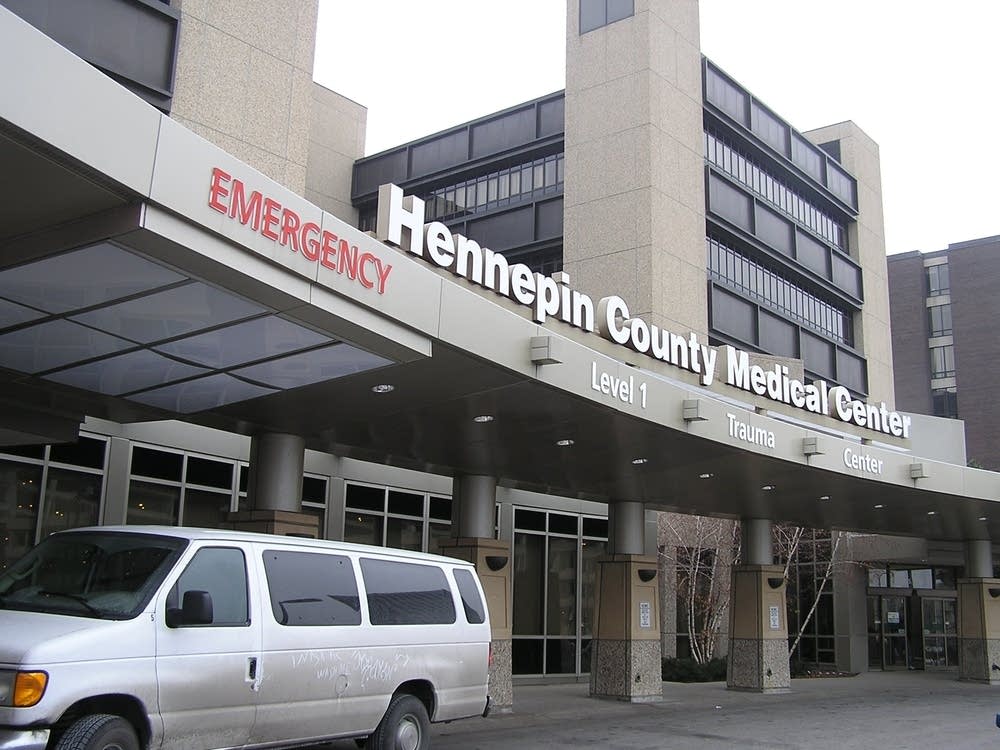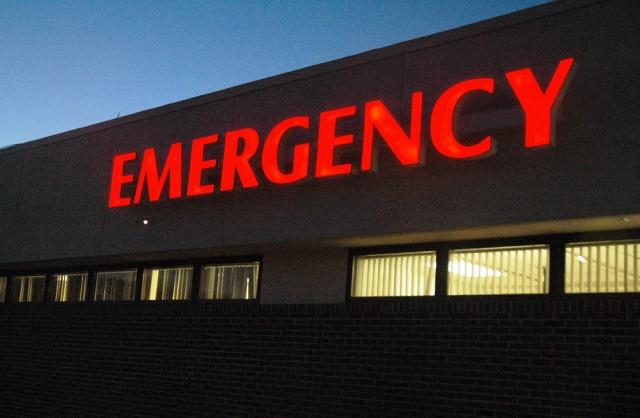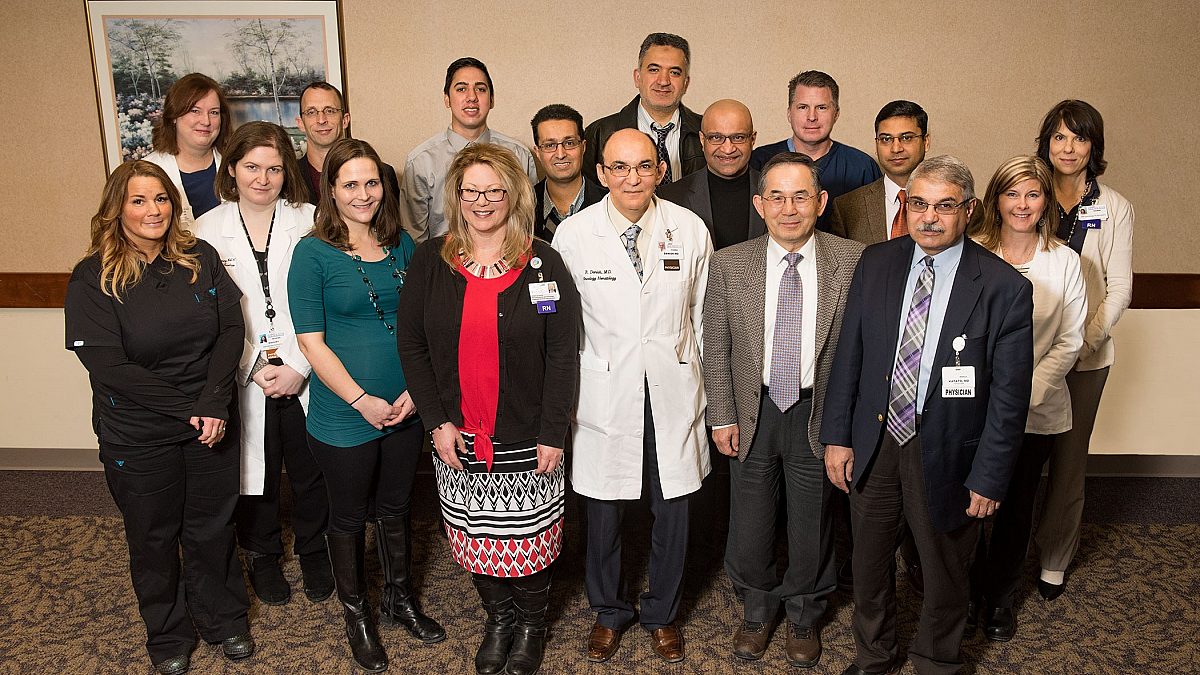

Today, Ascension operates in 19 states, mostly in the South and the Midwest. (As a nonprofit, Ascension describes this figure as “excess of revenues and gains over expenses and losses.”) By 2010, Ascension’s $15 billion in revenue rivaled that of companies like General Mills and Gap. The combined hospital system swiftly became a juggernaut, its profits soaring sixfold in its first decade. “That’s why we ask nurses.” A Ministry, Not a BusinessĪscension was created in 1999 through the merger of two networks of hospitals, many founded in the 1800s by nuns who ministered to the poor. “The complexity and the lack of transparency, all of these things make it impossible to try and figure out exactly what’s going on,” said Linda Aiken, a professor at the University of Pennsylvania School of Nursing, who has conducted large surveys of hospital staff. For example, the ratio’s increasing number of nurses over time at least partly reflects Ascension having added about 17 hospitals, while the data on discharges does not include outpatients, even though nurses are spending more and more time caring for them.īecause it is difficult for outsiders to verify such industry-supplied data, hospitals can use it to serve their own purposes. From December 2015 to June 2021, he said, Ascension’s ratio of bedside nursing capacity to its discharged patients has increased by 64 percent, with staff increasing and discharges holding roughly steady.Īcademics who study hospital workforces cautioned that the metric makes Ascension’s staffing conditions seem better than they are. Ragone said the chain has more employees relative to patients than many of its peers. Unlike some rivals, Ascension avoided layoffs early in the pandemic, and Mr.


The head of an Ascension hospital in Baltimore last year blamed staffing shortages for the emergency room being dangerously overcrowded. In Michigan alone late last year, the chain had 1,100 nursing vacancies. But it left Ascension flat-footed for Covid.ĭuring surges in the coronavirus, Ascension repeatedly reduced its capacity by more than 500 beds nationwide because it did not have enough workers. The yearslong effort - a combination of widespread layoffs and attrition - rarely attracted public attention. In the years before the pandemic, they routinely refused requests to hire more medical workers or fill open jobs, according to current and former hospital administrators and employees. At one point, executives boasted to their peers about how they had slashed $500 million from the chain’s labor costs. The exodus stems from many factors, with the hospital industry blaming Covid, staff burnout and tight labor markets for acute shortages of staff.Īscension, which runs 139 hospitals, among the most of any chain in the United States, is emblematic of the industrywide movement to keep labor costs low.Īs recently as 2019, Ascension was trumpeting its success at reducing its number of employees per occupied bed, a common industry staffing metric. Since the start of the pandemic, nurses have been leaving hospitals in droves. It spent years reducing its staffing levels in an effort to improve profitability, even though the chain is a nonprofit organization with nearly $18 billion of cash reserves. Chronic understaffing meant that patients languished in dried feces, while robots replaced nursing assistants who would normally sit with mentally impaired patients.īoth hospitals are owned by one of the country’s largest health systems, Ascension. Nurses were so distraught about the inadequate staffing that they banded together to file formal complaints every day for more than a month.Ībout 300 miles away, at a hospital outside Flint, Mich., similar scenes were unfolding.

#ASCENSION GENESYS HOSPITAL EMERGENCY ROOM FULL#
At a hospital in a Chicago suburb last winter, there were so few nurses that psychiatric patients with Covid were left waiting a full day for beds, and a single aide was on hand to assist with 32 infected patients.


 0 kommentar(er)
0 kommentar(er)
